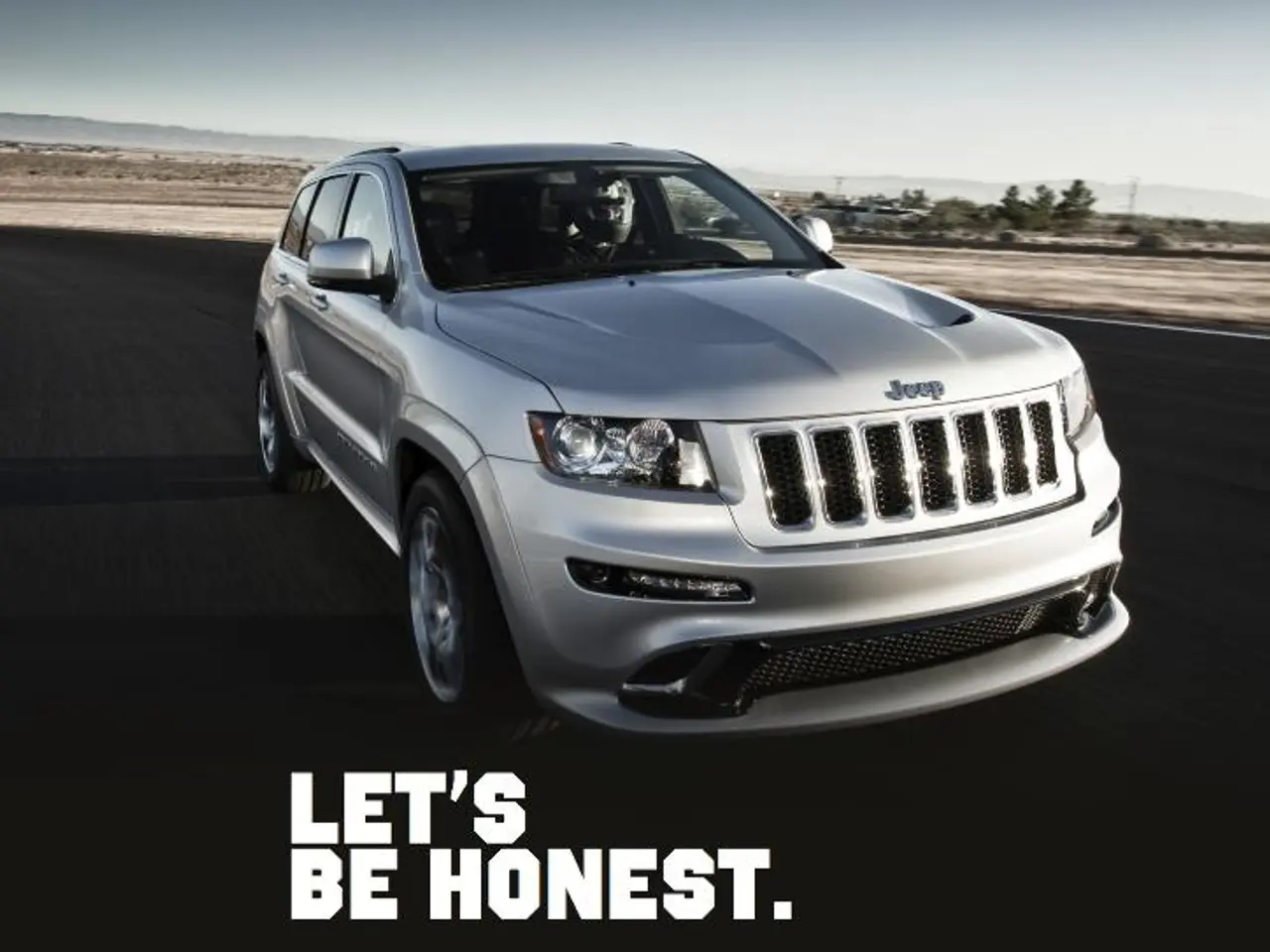FIND YOUR PERFECT APP DEVELOPER WITH OUR FREE SHOPPING APP COMPARISON GUIDE
Explore the Opportunity in Mobile Commerce: Pound the Prosperous Smartphone Market for Shopping Applications Development
Simply ask around, and they'll tell you - they've got a shopping app because it's a damn convenient way to buy stuff nowadays.
With 88% of consumers having at least one shopping app on their phone and half of them having more than four, it's no wonder retailers and eCommerce brands are getting in on the action to snag those customers browsing their products 24/7.
If you're wondering why a shopping app is a must for your business, here are the lowdown:
Reasons to Develop a Shopping App
Let's get the facts straight, shall we?
1. Consumers Prefer Shopping Apps
A third of consumers in the U.S. prefer shopping through brand-specific apps like Nike or H&M rather than other channels. People with more than four mobile apps are more likely to browse and buy products. 91% of shoppers say they'd browse products in online shopping apps, with clothing, shoes, accessories, and furniture being the most popular items[1].
2. Better User Experience
A shopping app offers a more user-friendly interface with improved UI and added functionality to take advantage of the native device features. A better user experience can lead to higher website conversion rates (up to 200%) and reduce the likelihood of shopping cart abandonment (70%) [1][2].
Consider the Aussie retail giant, MyDeal. They wanted to incorporate push notifications and other user-centered features to improve their ROI. The result? They increased their gross sales by around 100% within a year of launching the app! [2]
3. Maximum Competitive Advantage
Mobile app consumers are way, way more loyal to their respective brands than mobile web users. With a shopping app, you can integrate infinite features like app gamification or customer experience automation to win over your shoppers… just sayin'.
Now, let's get down to brass tacks - how do you develop a shopping app?
A Mini-Guide to Shopping App Development
Each step in the process is as crucial as the next, so let's go over them:
- Conduct research and validate your shopping app idea
- List down MVP features for your shopping app
- Establish shopping app baseline traits
- Consider the platform you'd like to use
- Start shopping app design
- Begin shopping app development
- Test the shopping app
- Launch, promote, and enhance the shopping app
1. Conduct Research and Validate Your Shopping App Idea
Research is just as important as the app idea itself, setting the foundations for the entire project. Define the problem your app aims to solve, gather feedback directly from potential customers, and analyze your competition to determine your unique selling points. [1]
2. List MVP Features for Your Shopping App
MVP, or minimum viable product, is the baseline for any successful shopping app development project. Important MVP features include login and registration, user profile, home screen, search, categories, product page, cart, and checkout. [3]
3. Baseline Traits of Your Shopping App
Prioritize these crucial baseline traits:
- User Experience: A good-looking, intuitive design that doesn’t compromise functionality
- Security: Strong encryption and regular security audits to protect user data
- Scalability: Ability to handle increasing traffic and transactions, accommodate future growth, and perform optimally in a crowded market
- Performance: Fast, responsive, and smooth user experience for an edge over competitors [2]
4. Platform
Consider iOS vs. Android, as well as native, web, or hybrid apps. Native apps are recommended as they take advantage of device-specific features, provide a smoother user experience, and have improved UI push notifications. [3]
5. Shopping App Design
Consider Do-It-Yourself (DIY) or outsourcing. DIY is tempting, but lack of expertise can lead to design flaws. Outsourcing app development and design to professionals provides peace of mind and expert results to focus on business aspects [3][4].
Prototyping is a crucial step to gather feedback before launching the app. Create sketches, wireframes, final designs, and interactive prototypes in collaboration with your design and development team to have a solid foundation for development [4].
6. Shopping App Development
Swift and Kotlin are popular programming languages for building iOS and Android apps, respectively [3]. Agile development methodologies will ensure collaboration, flexibility, and adaptability during development for smoother, more cost-effective app development.
7. Testing
Thoroughly test your app to identify bugs, glitches, or broken features for a flawless user experience. Test functionality, compatibility, responsiveness, and UI/UX [3].
8. Launch, Promote, and Enhance Your Shopping App
Post-launch app promotion requires app store optimization (ASO) to improve app visibility, followed by a variety of promotional strategies such as social media and influencer marketing [3].
Continuous app improvements are essential for an exceptional user experience. Gather feedback through user reviews and ratings, analyze performance metrics, and regularly introduce new features to retain customers and attract new ones [3].
With a custom shopping app, you'll have the perfect tool to create a seamless, engaging shopping experience that sets you apart from the competition.
Hop on the mobile commerce trend and take your business to new heights today. Reach out to our team to learn how we can bring your app idea to life!
References:
[1] https://www.statista.com/statistics/1090636/percentage-of-us-online-shoppers-with-mobile-apps/[2] https://www.appboy.com/blog/benefits-of-push-notifications-for-retailers-case-study/[3] https://www.mobileappdevelopmentuk.com/mobile-shopping-app/[4] https://www.toptal.com/mobile-apps/guide-creating-mobile-app-design-prototype
- To capitalize on the growing trend of mobile app development and ensure a competitive edge, businesses should consider agile development for their app design, such as a shopping app.
- The development of a shopping app can positively impact a business's finance by increasing website conversion rates and reducing shopping cart abandonment, as shown by retail giant MyDeal's gross sales increase.
- An app marketing strategy is essential to promote and enhance a shopping app, making it visible to potential customers and staying competitive within the technology-driven lifestyle industry.
- A better user experience, improved by a shopping app, leads to a more agile development process and better outcomes for app development, benefiting both the business and its customers.




